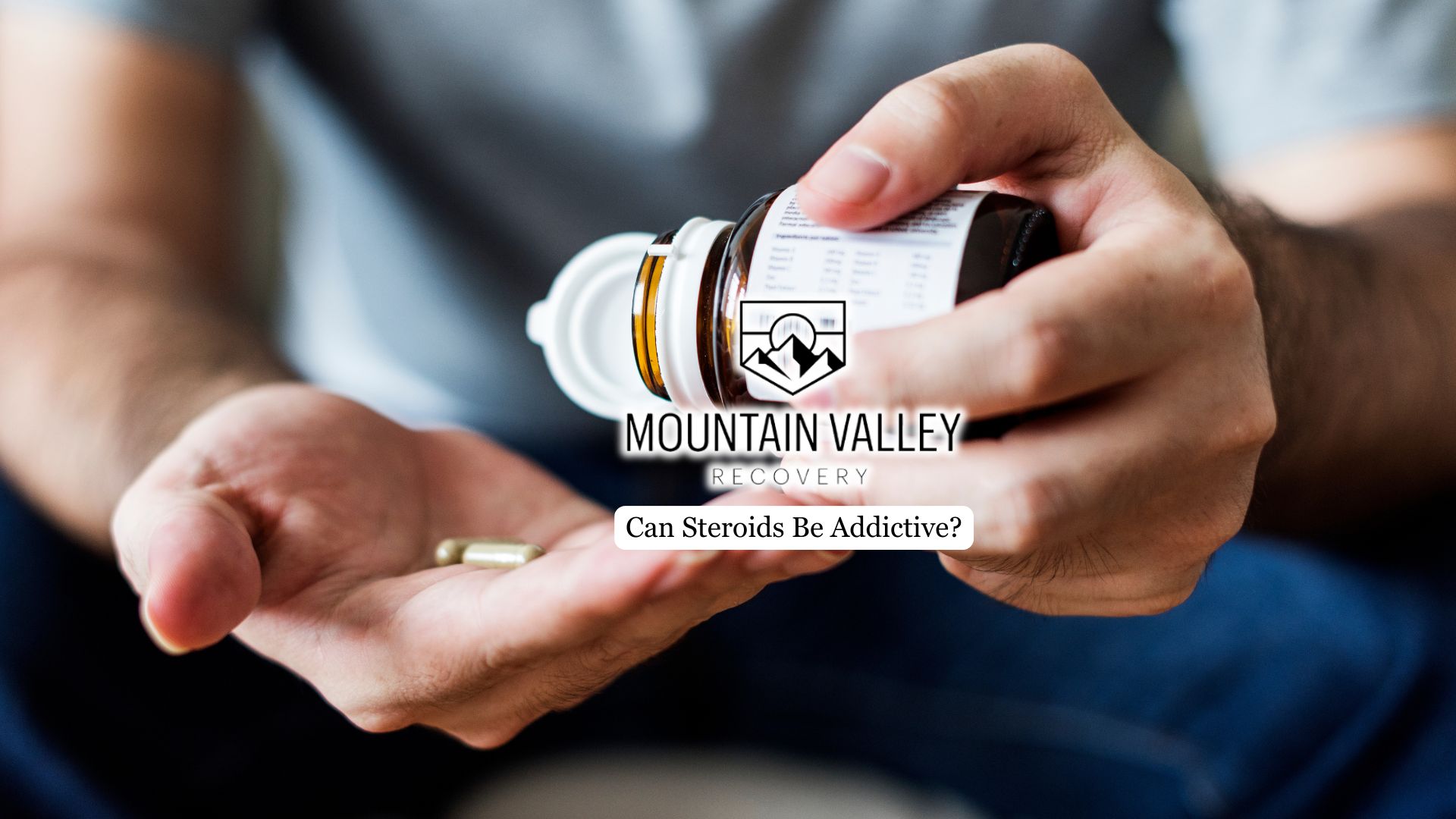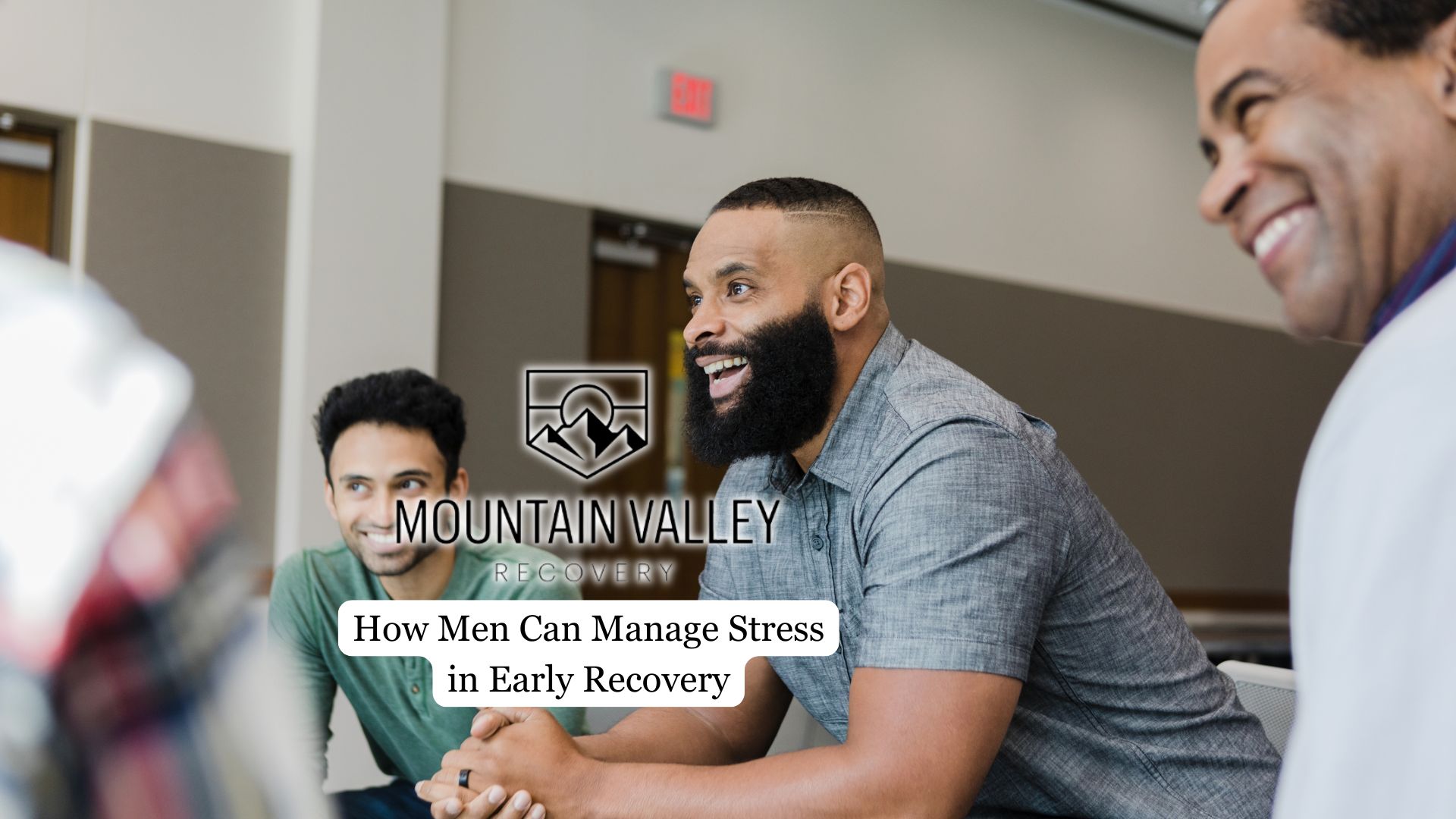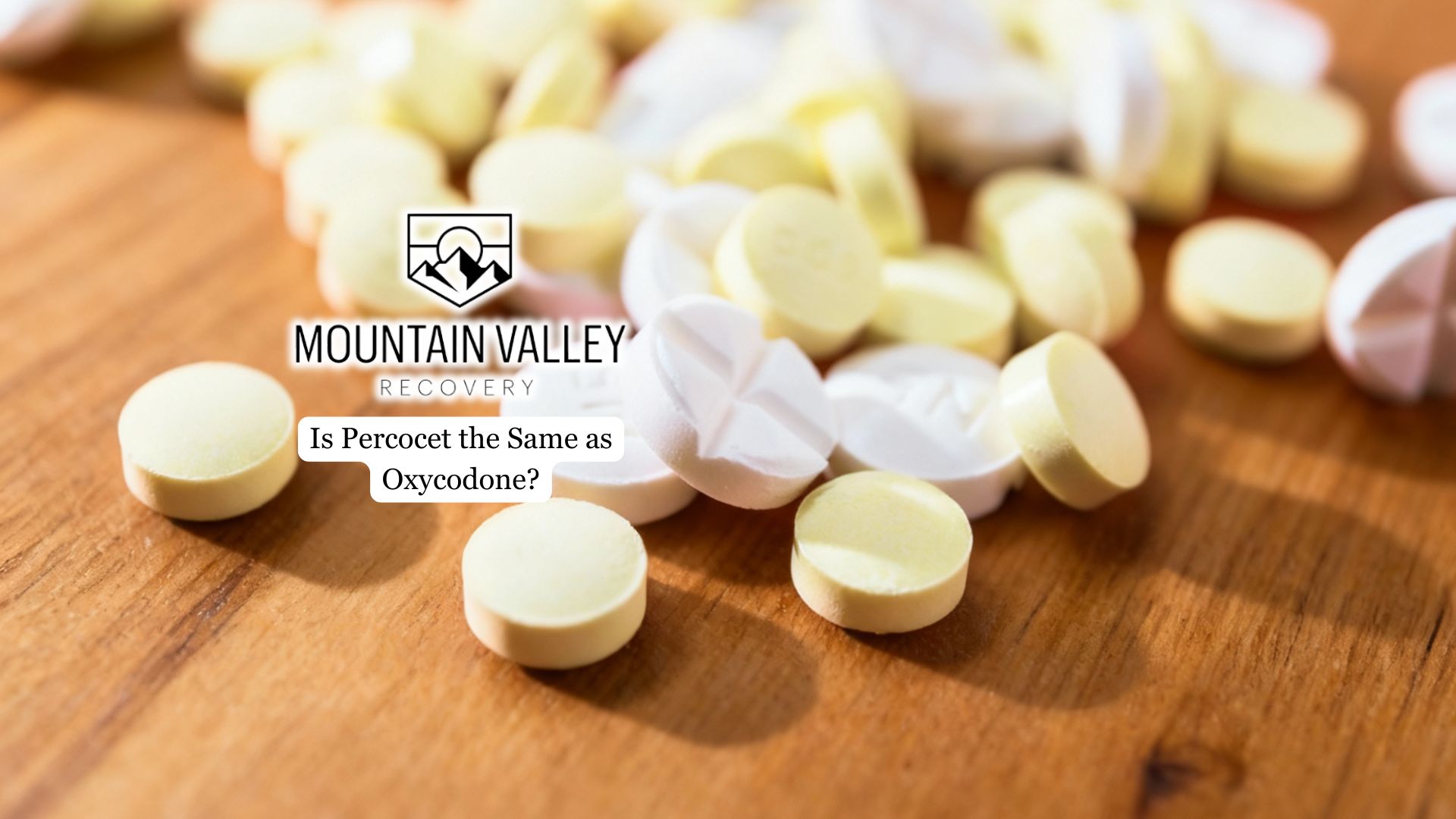Steroids are widely used to build muscle, improve performance, and enhance physical appearance. However, beneath these perceived benefits lies a serious risk: addiction. While many associate dependency with substances like alcohol or opioids, these drugs can also create strong physical and psychological reliance that’s often overlooked.
This article examines how dependency develops, the effects it can have on both mind and body, and how recovery programs can help individuals rebuild stability, health, and confidence.
Understanding What Steroids Are
Anabolic-androgenic compounds are synthetic versions of testosterone that increase muscle growth, bone density, and physical endurance. They were developed for medical purposes, such as treating delayed puberty, muscle loss from chronic illness, or hormonal imbalances, but are often misused for nonmedical reasons. Many individuals use them to enhance athletic performance or physical appearance, taking doses far in excess of what doctors recommend.
Excessive use can disrupt the body’s natural hormone production, leading to fatigue, irritability, and withdrawal symptoms when discontinued. Dependence often develops gradually, as users rely on the substance to maintain results or confidence. A comprehensive steroid addiction treatment program can help restore balance through medical supervision, hormone stabilization, therapy, and lifestyle support designed to rebuild long-term health.
How Dependence Develops
For many users, dependency begins innocently, through fitness goals, competitive pressure, or self-esteem issues. What starts as occasional use can quickly spiral into regular consumption as tolerance builds. Users may take higher doses or stack different substances to sustain results, creating a cycle of dependence that’s hard to control.
These compounds alter brain chemistry by influencing dopamine and serotonin, the neurotransmitters that regulate mood and motivation. Users often experience a temporary sense of strength and control, but when the effects wear off, they may feel anxious, depressed, or irritable. The desire to avoid these negative emotions can lead to continued use, forming a pattern of psychological dependence that mirrors other forms of addiction.
Physical and Psychological Effects
The physical consequences of prolonged misuse are wide-ranging and severe. Cardiovascular issues such as high blood pressure and heart disease can develop, alongside liver damage, infertility, and hormonal imbalance. Men may experience reduced sperm count, shrunken testicles, or breast tissue growth, while women may notice menstrual irregularities, a deeper voice, or unwanted hair growth. These effects can become permanent if use continues unchecked.
Psychologically, dependence can manifest as mood swings, aggression, paranoia, and anxiety. While steroids don’t consistently increase aggression during use, some users may experience irritability or mood swings during withdrawal, a phenomenon sometimes referred to as “roid rage. Long-term misuse may also lead to depression, suicidal ideation, or body dysmorphia, where users feel their bodies are never muscular or lean enough, regardless of actual progress. These emotional challenges can make recovery even more complex without professional intervention.

Recognizing the Signs of Addiction
Because many individuals begin using it for fitness reasons, addiction can be difficult to spot at first. Common signs include spending excessive time or money obtaining the substance, ignoring health risks, and experiencing strong mood swings when not using. Some individuals may become secretive about their use or withdraw socially due to guilt or shame.
Physical warning signs can include rapid muscle growth, acne, hair loss, or sudden changes in body shape. Emotional changes, such as irritability or low motivation, may also appear. Unfortunately, many men hesitate to seek help or medication due to stigma or cultural expectations about masculinity. This reluctance can delay treatment and lead to worse long-term health outcomes. Recognizing these symptoms early is crucial for intervention and safe recovery.
Treatment Options
Addressing dependence requires a holistic and medically guided approach. Treatment typically begins with detoxification, allowing the body to adjust and restore hormonal balance. Medical professionals may prescribe medication to manage withdrawal symptoms and stabilize mood while monitoring progress. Once the body begins to heal, therapy becomes a central component of long-term recovery.
Cognitive Behavioral Therapy (CBT) helps individuals identify thought patterns that fuel substance use, while motivational interviewing encourages personal accountability and goal setting. Support groups and peer counseling foster a sense of community and accountability, both of which are vital for maintaining progress. Many programs also include nutrition education and structured fitness guidance to help clients regain physical strength in a healthy and sustainable manner.
Final Thoughts from Mountain Valley Recovery
What starts as a desire for strength or self-improvement can gradually evolve into a struggle to maintain control, both physically, mentally, and emotionally. As the body adapts to artificial hormone changes, individuals may feel trapped in a cycle of use and withdrawal. Recognizing these early signs of dependency and reaching out for professional guidance can prevent long-term complications, restore balance, and support lasting wellness.
At Mountain Valley Recovery, our evidence-based programs focus on healing both the body and mind through a compassionate, structured approach. Our steroid addiction treatment programs for men in Utah provide medical supervision, personalized therapy, and holistic care designed to rebuild confidence and strengthen emotional resilience. With continued guidance and community support, individuals can move beyond dependence and rediscover a healthy, fulfilling life.




